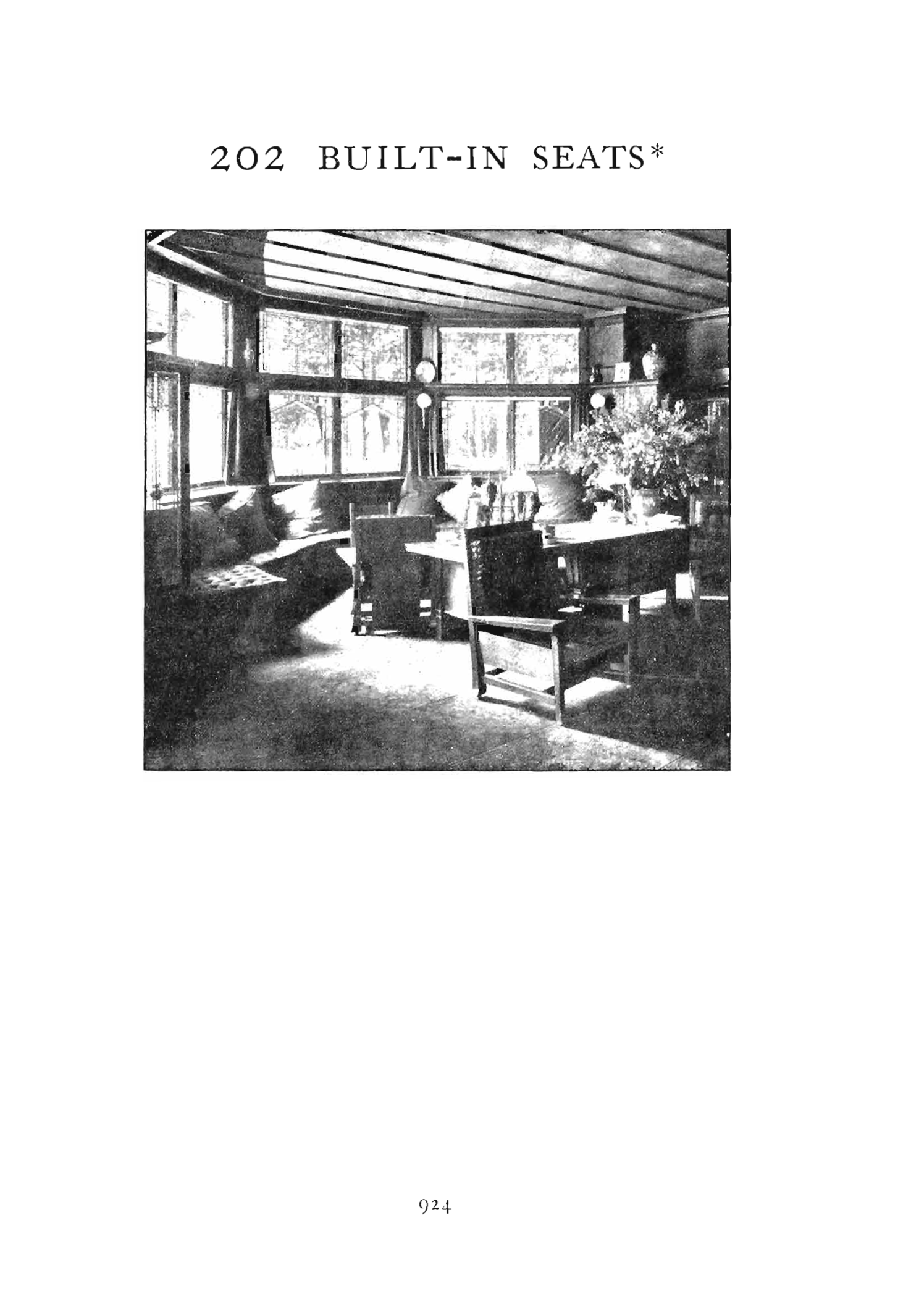×Fichiers du thème manquants :
themes/bootstrap3/squelettes/1col.tpl.html
themes/bootstrap3/styles/bootstrap.min.css
Le thème par défaut est donc utilisé.
themes/bootstrap3/squelettes/1col.tpl.html
themes/bootstrap3/styles/bootstrap.min.css
Le thème par défaut est donc utilisé.
202 Sièges intégrés
Les sièges intégrés sont géniaux. Tout le monde les aime. Ils donnent à un bâtiment un sentiment de confort et de luxe. Mais le plus souvent, ils ne fonctionnent pas vraiment. Ils sont mal placés, ou trop étroits, ou le dossier n'est pas incliné, ou la vue n'est pas bonne, ou le siège est trop dur. Ce modèle vous indique comment réaliser un siège intégré qui fonctionne vraiment.
Pourquoi les sièges intégrés fonctionnent-ils si souvent mal ? Les raisons sont simples et assez faciles à corriger. Mais les problèmes sont cruciaux. Si les sièges sont mal faits, ils ne seront tout simplement pas utilisés, et ils seront un gaspillage d'espace, un gaspillage d'argent et une occasion en or perdue. Quelles sont les considérations critiques ?
La position : Il est naturel de placer le siège intégré dans un coin discret - c'est là qu'il se fond le plus facilement dans la structure et le mur. Mais, de ce fait, il est souvent à l'écart. Si vous voulez construire un siège, demandez-vous où vous placeriez un canapé ou un fauteuil confortable et construisez le siège à cet endroit, pas dans un coin désespéré.
Largeur et confort : Les sièges préfabriqués sont souvent trop durs, trop étroits et ont un dossier trop rigide. Personne n'a envie de s'asseoir sur une étagère, surtout pas pendant un certain temps. Faites en sorte que l'assise soit aussi large qu'une chaise vraiment confortable (au moins 18 pouces), avec un dossier qui s'incline doucement (pas à la verticale), et mettez un coussin chaud et doux dessus et sur le dossier, pour que ce soit vraiment confortable.
Regardez : La plupart des gens veulent regarder quelque chose lorsqu'ils sont assis - soit d'autres personnes, soit une vue. Les sièges encastrés vous placent souvent de façon à ce que vous soyez à l'écart de la vue ou des autres personnes présentes dans la pièce. Placez le siège de manière à ce que la personne assise regarde quelque chose d'intéressant.
202 Built-in Seats
Built-in seats are great. Everybody loves them. They make a building feel comfortable and luxurious. But most often they do not actually work. They are placed wrong, or too narrow, or the back does not slope, or the view is wrong, or the seat is too hard. This pattern tells you what to do to make a built-in seat that really works.Why do built-in seats so often not work properly? The reasons are simple and fairly easy to correct. But the problems are critical. If the seats are wrongly made, they just will not be used, and they will be a waste of space, a waste of money, and a wasted golden opportunity. What are the critical considerations?
Position: It is natural to put the built-in seat into an unobtrusive corner - that is where it melts most easily into the structure and the wall. But, as a result, it is often out of the way. If you want to build a seat, ask yourself where you would place a sofa or a comfortable armchair-and build the seat there, not tucked into some hopeless corner.
Width and comfort: Built-in seats are often too hard, too narrow, and too stiff-backed. No one wants to sit on a shelf, especially not for any length of time. Make the seat as wide as a really comfortable chair (at least 18 inches), with a back that slopes gently (not upright), and put a warm soft cushion on it and on the back, so that it is really comfortable.
View: Most people want to look at something when they sit - either at other people or a view. Built-in seats often place you so that you are facing away from the view or away from the other people in the room. Place the seat so that a person sitting down is looking at something interesting.
Se connecter pour commenter.

Commentaires